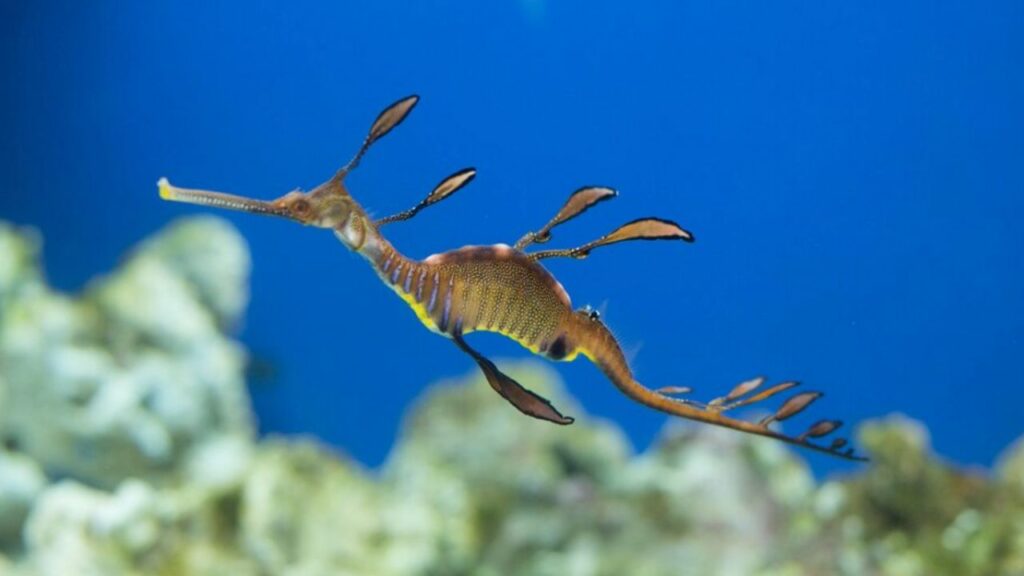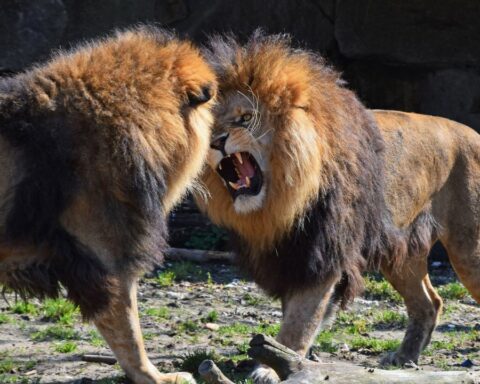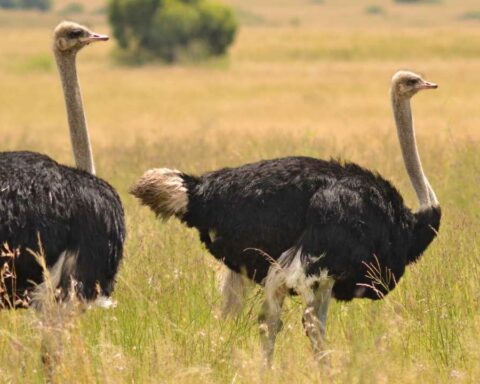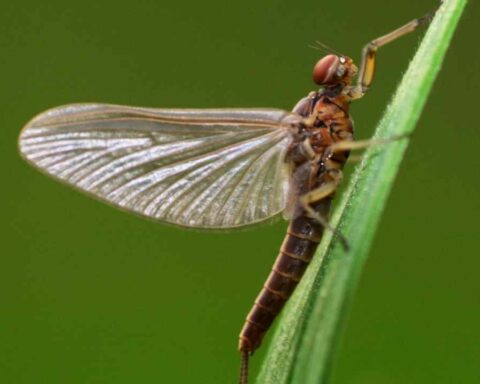Around the globe, there exist roughly 8.7 million animal species that coexist with us on this planet. Consider the orcas, also known as killer whales, who have recently taken to deliberately ramming human vessels. Despite numerous academic papers devoted to understanding them, researchers can only scratch their heads and speculate about the reasons for these ship assaults. Here we have collected some of the most mysterious animal mysteries.
#1 The Amazing Axolotl
Originating from Lake Xochimilco beneath Mexico City, these critically endangered creatures bear a remarkable resemblance to the renowned Pokemon, Mudkip. Ranging in size from 6 to 12 inches, with the larger ones being particularly rare, Axolotls captivate with their most intriguing feature – neoteny. This phenomenon refers to their ability to reach maturity without undergoing metamorphosis, akin to a caterpillar emerging from its cocoon as a merely larger caterpillar. The whole process is truly extraordinary!
You can find even more amazing facts and valuable information if you learn how to change location on an iPhone. To do this, you need VeePN, which can take you to any place in the world with a few clicks on the screen. Naturally, virtually. Thus, VeePN allows you to bypass regional restrictions and unblock various blocked content.
#2 Exploding Toads
Toads typically inflate themselves as a defense mechanism, but exploding is a rare occurrence. However, in April 2005, an extraordinary event took place in Hamburg, Germany. Over a few days, thousands of frogs exploded, causing little toad parts to scatter up to a meter away.
Dr. Franz Mutchsmann, a Berlin veterinarian, formulated a theory to explain these seemingly spontaneous explosions. It was discovered that a flock of crows had settled in certain parts of Hamburg and developed a peculiar appetite for toad livers. The crows would swiftly descend, penetrate the toads’ skin with their beaks, and steal their livers before the toads could react. In a futile attempt to frighten off the crows, the toads instinctively inflated themselves. However, due to the holes created by the crows, the internal pressure was forced outward, causing the toads to burst into pieces.
#3 Population of Our Homes
During the 2010s, a group of scientists embarked on a mission to extensively investigate 50 homes in Raleigh, North Carolina. Their objective was to meticulously document the diverse insect species inhabiting these residences. Surprisingly, they uncovered an astonishing (and somewhat unsettling) revelation: On average, each house hosted approximately 100 species of insects. It is important to note that these were not “dirty” homes nor ones secluded within dense forests with open windows.
These remarkable findings shed light on the fact that our everyday abodes serve as ecosystems for a multitude of creatures, surpassing our previous awareness.
#4 The Strange Leafy Sea Dragon
In their natural habitat of Australia, these fascinating little sea dragons, affectionately known as “Leafies,” hold the esteemed title of being the state marine animal of South Australia. These peculiar creatures showcase their distinctive behavior by mimicking seaweed with their translucent fins and slowly maneuvering through the water. Moreover, they actively feed on plankton and small crustaceans by utilizing their snout, which functions similarly to a straw, to draw them in.
#5 Sunda Flying Lemur
The Colugo, found in the treetops of Southeast Asia, possesses kite-shaped skin that allows it to leap and glide effortlessly through the trees, similar to a flying squirrel. Unlike lemurs or traditional flyers, these creatures rely on their unique gliding abilities to escape predators and thrive in their habitat. Feeding on shoots, flowers, and fruits at night, they weigh approximately 2-3 lbs and appear vulnerable when grounded. When faced with danger, their instinct is to climb up a nearby tree and swiftly glide to safety.
#6 Ants Will Die of Loneliness
Ants, some believe, lead the population battle on our planet, estimated to surpass 10 quadrillion. Despite their massive numbers, one might expect lone wolves within the ant kingdom.
However, ongoing scientific experiments reveal astonishing findings. With the help of an online VPN, we learned that lonely ants perish from solitude, leaving researchers perplexed. A study confirms that solo ants live only a fraction of the lifespan experienced by their group-dwelling counterparts.
#7 Armored Pangolin
Pangolins possess a unique feature that sets them apart from all other mammals – their bodies are armored with hard keratin scales. Much like the material found in fingernails, keratin also forms the protective quills of hedgehogs and the sturdy shells of tortoises. Native to Asia and Africa, pangolins dwell within hollow trees or burrows.
Conclusion
The animal world hides thousands more secrets, including those that we do not even know exist. But we are gradually moving towards unraveling these mysteries of nature. Perhaps gradually we will get to know animals better and will be able to coexist better on this Earth. I would like to believe in it.







